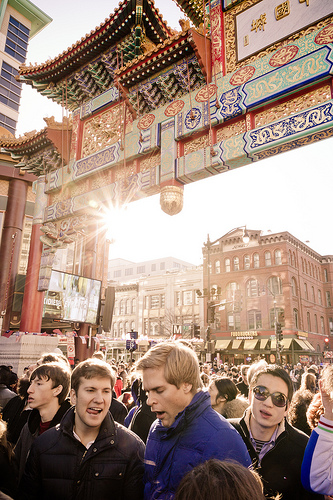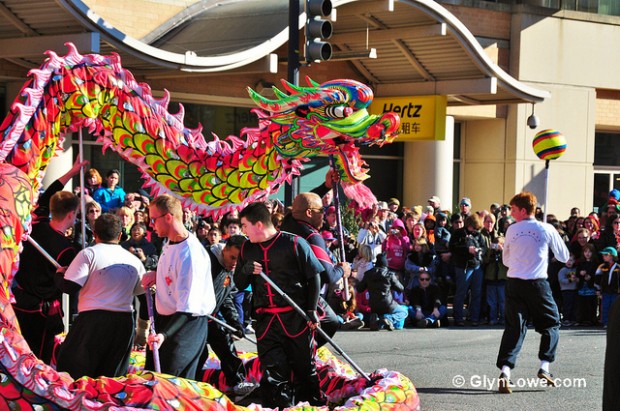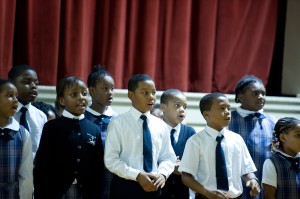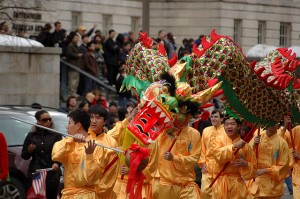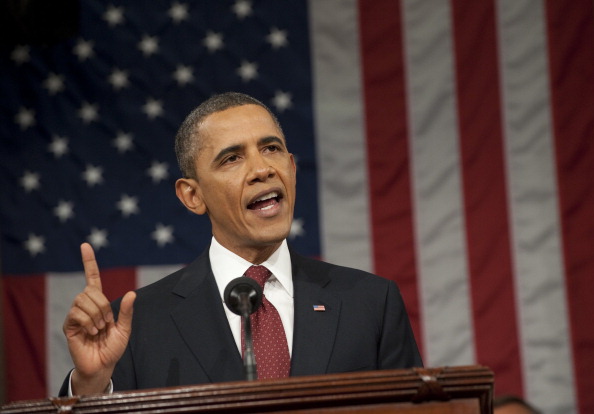
Alpha / Flickr
Critics have dubbed a feature for GPS tools that would direct pedestrians to take alternate routes based on crime and demographic data the “Avoid the Ghetto” app. They say it could redirect people away from low-income or minority neighborhoods, or reinforce stereotypes about such areas. Others say the app makes GPS devices more intelligent by giving people useful information.
According to Microsoft’s patent for the app, which was approved last month, pedestrian routes can be calculated relying on demographic and violent crime data, among other things. The potential result: a pedestrian would be directed to walk a route where violent crime falls below a certain threshold, according to the patent.
Dubbing neighborhoods as “dangerous” can be tricky. Calculating the probability that you’ll be the victim of a crime is actually quite difficult, University of Maryland criminology professor Charles Wellford says. For one, it’s most useful when examined by block, not by an entire neighborhood. That’s because crime is highly localized, partially having to do with the conditions of specific locations, he says. However, calculating an accurate probability by block is difficult because it’s affected by how many people travel there, not just by who lives there.
For example, downtown D.C.’s population swells during the day as commuters increase the city’s daytime population by 73 percent. Is the probability that you’ll be the victim of a crime in downtown D.C. based based on how many people live there? The app patent is unclear on how it would take that into account. Wellford cites another example: he says the “most dangerous” place in San Francisco last weekend was Candlestick Park, where the New York Giants played the San Francisco 49ers.
“Any city that has an NFL team, the day they play at home, there’s a lot of crime around and within the stadium,” he said.
The app could potentially tell you to avoid that area. Depending how the data is used, the app can “paint pictures of communities that aren’t useful or accurate,” Wellford says.
Continue reading →




